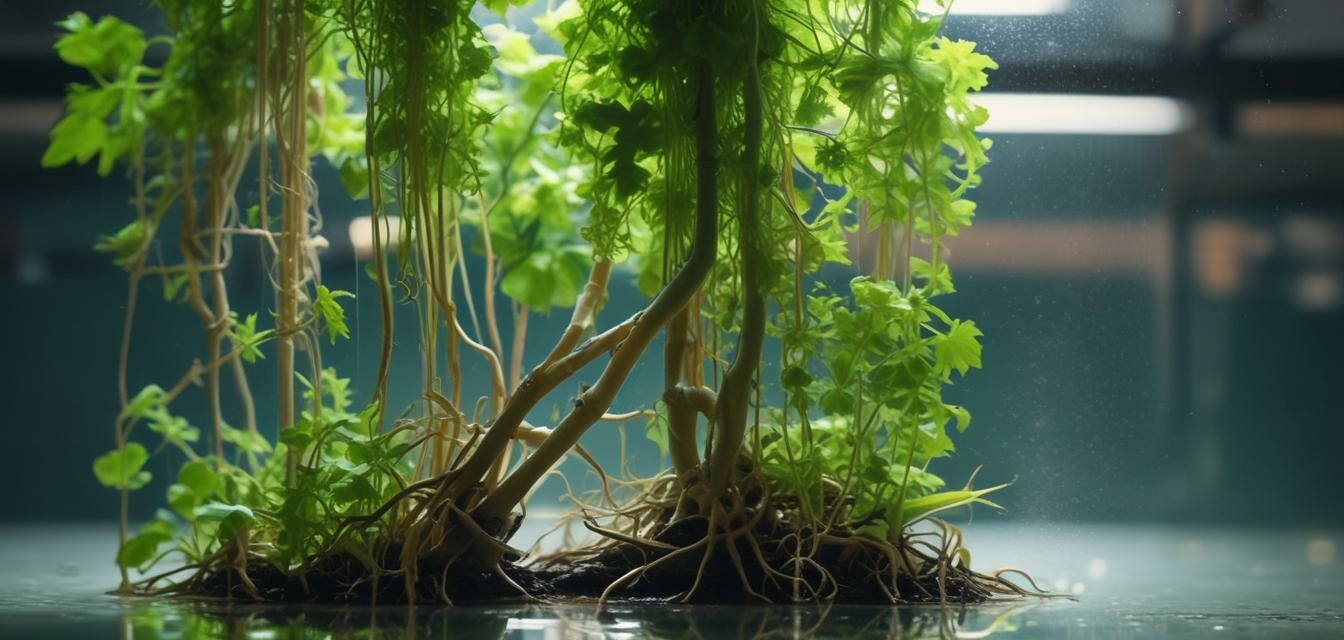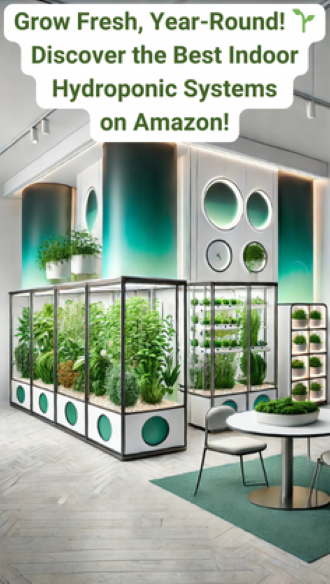
How to Prevent Root Rot in Hydroponic Systems
Key Takeaways
- Maintain proper oxygen levels in the water.
- Choose the right growing medium to promote drainage.
- Monitor nutrient levels consistently.
- Implement effective water management techniques.
- Regularly clean and disinfect your hydroponic system.
Root rot is a common yet serious issue in hydroponic gardening. Understanding how to prevent it is essential for maintaining healthy plants and ensuring a successful harvest. This guide provides practical strategies and insights to combat root rot, helping you cultivate a flourishing indoor garden.
Understanding Root Rot
Root rot is caused primarily by overwatering, inadequate drainage, and pathogens in the growing medium or water. The roots begin to decay, which can severely impact the plant's ability to absorb nutrients and water. Let's explore the key causes and how to prevent this issue.
Common Causes of Root Rot
- Poor aeration: When roots do not receive enough oxygen, they are more susceptible to rot.
- Overwatering: Excess water can suffocate roots and create a breeding ground for harmful bacteria.
- Inadequate drainage: A growing medium that retains too much moisture promotes root decay.
- Pathogens: Fungi and bacteria can thrive in overly wet conditions.
Strategies for Prevention
Preventing root rot involves several strategies that focus on water management, growing medium selection, and system maintenance. Below are practical tips to keep your hydroponic system healthy:
Maintaining Proper Oxygen Levels
Oxygen is crucial for root health. Here are some methods to improve oxygenation:
- Use air stones or diffusers in your nutrient reservoir to enhance oxygen levels.
- Increase the flow of your pump to ensure water circulation.
- Keep temperatures in check; warmer waters hold less oxygen.
Choosing the Right Growing Medium
The growing medium can significantly affect drainage and aeration. Consider the following options:
| Growing Medium | Aeration | Drainage |
|---|---|---|
| Rockwool | Good | Moderate |
| Coconut coir | Excellent | Good |
| Perlite | Very Good | Excellent |
| Hydroton (expanded clay pellets) | Excellent | Excellent |
Water Management Techniques
Effective water management is essential in preventing root rot:
- Check water levels regularly to avoid over-saturation.
- Implement a cycling method for nutrient delivery, ensuring roots dry out slightly between feeds.
- Utilize fog and mist systems to deliver moisture without over-saturating roots.
Regular System Maintenance
Maintaining cleanliness in your hydroponic system can ward off pathogens. Here are some best practices:
- Regularly flush your system to remove nutrient buildup and waste.
- Disinfect your equipment between cycles to eliminate potential pathogens.
- Monitor and maintain the pH level of your nutrient solution, as an imbalanced pH can stress plants.
Pros
- Healthy root systems lead to abundant plant growth.
- Enhanced nutrient absorption through strong roots.
- Longer-lasting hydroponic systems with reduced maintenance needs.
Cons
- Requires attention to detail for oxygen and moisture levels.
- Initial setup costs can be higher for advanced systems.
Conclusion
Preventing root rot in hydroponic systems involves a combination of proper aeration, good water management, and regular maintenance practices. By following these guidelines, you can cultivate healthy plants that thrive in a soil-free environment. Whether you’re a beginner or an advanced gardener, implementing these strategies will set you on the path to hydroponic success.
Further Reading
For more insights into hydroponic gardening, check out our other articles:
